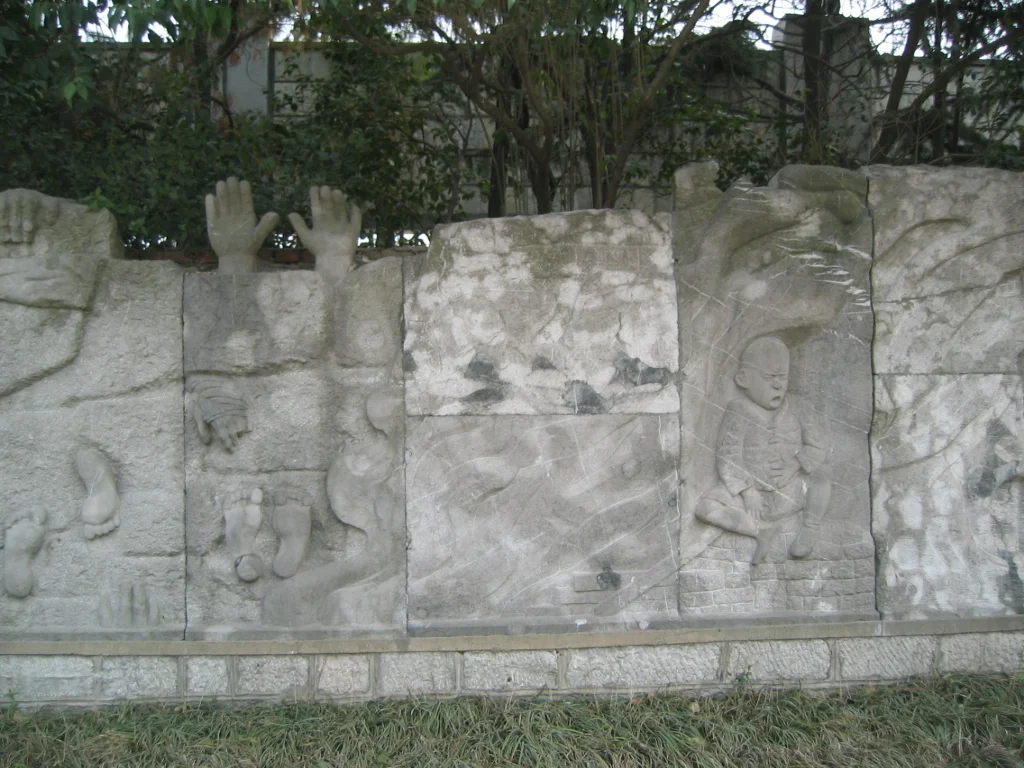“The memoryscapes presented here reveal the war’s continuing memorialisation in a changing regional context.”
In recent times, ‘memoryscapes’ of the war of 1937-1945 in Asia (by which we mean both the sites and the circuits – physical and virtual – through which war remembrance is produced and reproduced) have become increasingly popular. With the onset of a new regionalism characterised by increasing ‘flows’ of people, ideas and capital across Asian borders, the audience for war heritage and remembrance has, at the same time, become more diversified and complex.
The memoryscapes presented here – museums, monuments, battlefields and other sites and practices – reveal the war’s continuing memorialization in a changing regional context. Their study is intended to uncover the new narratives, old myths, and sometimes multiple levels of meaning which these various sites now contain in their portrayal of the 1937 to 1945 conflict.
Matthew Allen (JCU) / Sakamoto Rumi (Auckland), Confusing the Okinawan Memoryscape: the organic memorialisation of the Battle of Okinawa. Read More
Tony Brooks (Cambridge), Chinese views of Japan as seen through the Unit 731 war museum, 1949-2013. Read More
Chan Yang (Bristol), The Fifteen-year War in the PRC’s School Textbooks and National Museums (1949-1982). Read More
Hamzah Muzaini (Wageningen), Sybil’s clinic @ Papan: Remembering a Malaysian war heroine. Read More
Iris Pan Lu (HKU / HKU SPACE), Remembering the pain of “others”: Reflections on the Shanghai Jewish Refugees museum and beyond. Read More
Daniel Schumacher (Essex), The enfranchising dimension of official war commemoration in Hong Kong and Singapore. Read More
Diana Lary (UBC), Memory Times, Memory Places: Public and private memories and commemoration of the Resistance War in China. Read More
